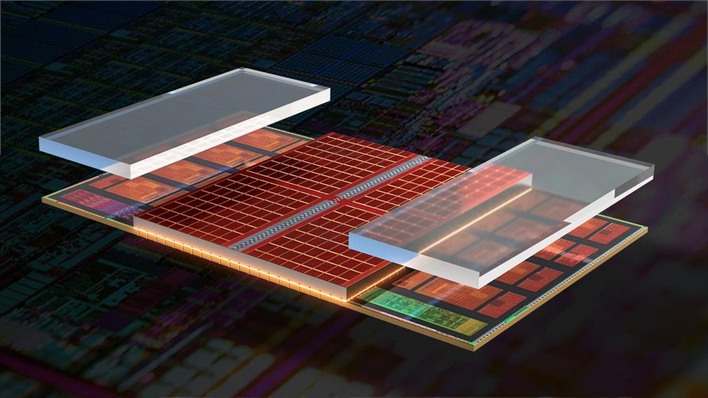AMD Says Next-Gen 3D V-Cache For Gaming CPUs Will Be Even Better
We don't even have to ask AMD if it will be bringing out 3D V-Cache versions of its just-announced Ryzen 9000 series processors based on its nascent Zen 5 architecture, but they haven't been announced yet, so PC Gamer went straight to the source to make sure. And the answer is yes, AMD will be bringing out "Zen 5 X3D" CPUs for Socket AM5, but it won't be anytime soon.
That's not all that AMD said, though. One of AMD's technical marketing folks said that the company isn't "resting on laurels" with its 3D V-Cache technology. According to AMD, the company is "working on X3D," and "working actively on really cool differentiators" to "improve" 3D V-Cache in unspecified ways.
The imagination runs free with ideas for how AMD could improve its use of vertically stacked cache. The obvious answer would be to put slabs of SRAM on top of both CCDs of a Ryzen 9 processor, but the benefits of doing so are questionable. Another obvious idea is to increase the total amount of cache; all 3D V-Cache implementations to date have used 64MB tiles, but there's no reason AMD couldn't put even more cache on a chip.
Arguably more interesting would be the ideas of adding 3D V-Cache to more SKUs. Mobile parts, in particular, could use the extra cache to accelerate graphics and NPU functions, while embedded parts can use the extra cache to save power by avoiding power-thirsty trips out to main memory. Whatever its plans are, AMD isn't saying yet, so we'll just have to sit tight and see what the company comes up with.



